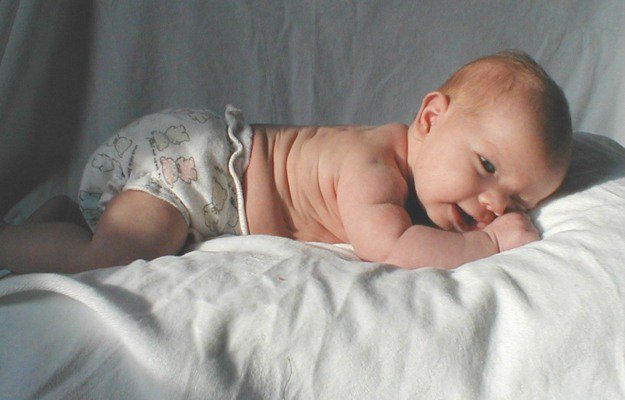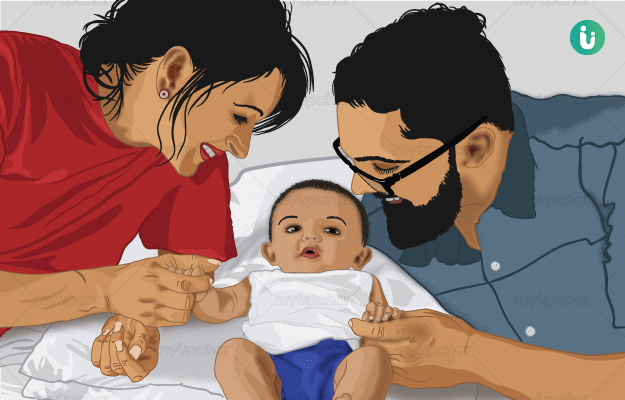If your baby starts crying when you splash him or her with water, take this sign seriously. True, most babies dislike getting wet. But by identifying the underlying cause of why it causes your little one distress, you can turn bathtime into a lot of fun for the baby and for you.
Here are some of the reasons your baby may not enjoy baths:
1. Water and soap get into the baby's eyes: Babies' reflexes are not much developed. They are unable to close their eyes quickly to avoid water or any foreign object going in. As a result, the water or the soap can enter their eyes while taking a bath, which hurts their eyes and they begin to cry.
2. The water is too cold or too hot: If the water is too cold or too warm, or if the room where you give the baby a bath is too cold, or if the baby isn't properly wrapped up, he or she could feel uncomfortable and cry.
3. Baby is hungry: You can’t enjoy anything on an empty stomach. Babies are the same. Make sure the baby is comfortable - fed, burped, cleaned up - well before the bath. Don't force your baby to bathe when he or she is fussing or showing signs of distress.
4. Baby doesn't feel supported: Sometimes babies who love to bathe grow up to hate bath time as toddlers. This can happen is the baby doesn't feel properly supported and fears he or she may fall or slide in the bathtub.
5. Baby wasn't expecting this, or the change is too sudden: If you don't ease babies into things, they can register their protest with crying and wailing. And once they associate something with a bad experience, that association (for bathtime, in this case) can persist in their mind for some time.
6. Baby is scared: The sound of the water and the feeling of floating can make some babies uncomfortable - even scared. Even newborns can hate the feeling of being out of control.





























